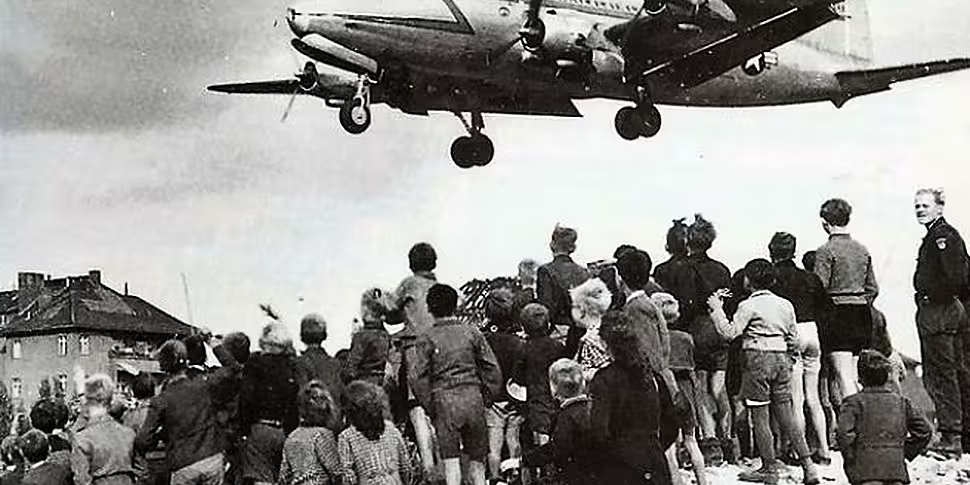The Berlin Blockade occurred from June 1948 to May 1949. It represented the first major crisis of the Cold War.
Following World War II, Germany had been divided into four sections following the Potsdam Agreement. Each section was controlled by the US, British, French and Soviets respectively. However, the capital city, Berlin, lay in the Soviet area, to the east of the country. So, it was decided to split the city into four sections also.
In 1948, the Western Allies met to co-ordinate a plan for the future of Western sectors of Germany, known as the London 6-Power Conference. This was following discussions involving all party’s the previous year that ended without agreement.
The Soviet Union responded to the latest meeting by placing restrictions on access to Berlin. It soon became clear that relations had broken down between Stalin and the Western powers and it seemed obvious that Berlin would now become the theatre for conflict as the Cold War began to stir.

In June, Britain and America followed through on plans to introduce a new currency to their areas of control. They also planned to introduce this to the areas of Berlin that they occupied. This was in addition to proposed plans to create the state of West Germany. Seeing this as an affront and predicting the potential for this to destabilise his power in the region, Stalin decided to block Berlin from the West.
In the style of classic Cold War politics, both sides postured for power, using the threat of military action to get the other to acquiesce to their wishes. The US considered such an approach, viewing the importance of maintaining a stranglehold of Germany as paramount. The Western Allies ultimately decided to respond with a series of airlifts to the capital city.
However, this too provided the threat of military action. The Soviets were now being forced to either shoot down the aircraft providing aid, food and fuel, or else relent somewhat on their blockade.

The Soviets opted against military action and the airlift began to succeed, though the struggles of the Berlin natives during this time should not be undermined. This was particularly true over the winter months, as the blockade was sustained into 1949.
The blockade would finally be lifted in May 1949, as the Soviets finally concluded that their efforts were for nought. That same month, the state of West Germany was established. While this demonstrated further cooperation between the western powers, it also resulted in a deep scar forming between the eastern and western blocs.
Though the west gained the upper hand in this instance the conflict did not stop here, as the battleground shifted from Europe towards the third world. Tension continued to fester and the quarrelsome relationship between both sides was as apparent as ever and showed no signs of abating.

Listen in to ‘Talking History’ as the events of the Berlin Blockade will be discussed.
Why was the initial decision to divide Germany taken? What was nature of the relationship between the US and its Western Allies during this period? And what were the effects and legacy of the blockade?
Join Patrick and his panel of experts as they delve into these questions and much more besides.









